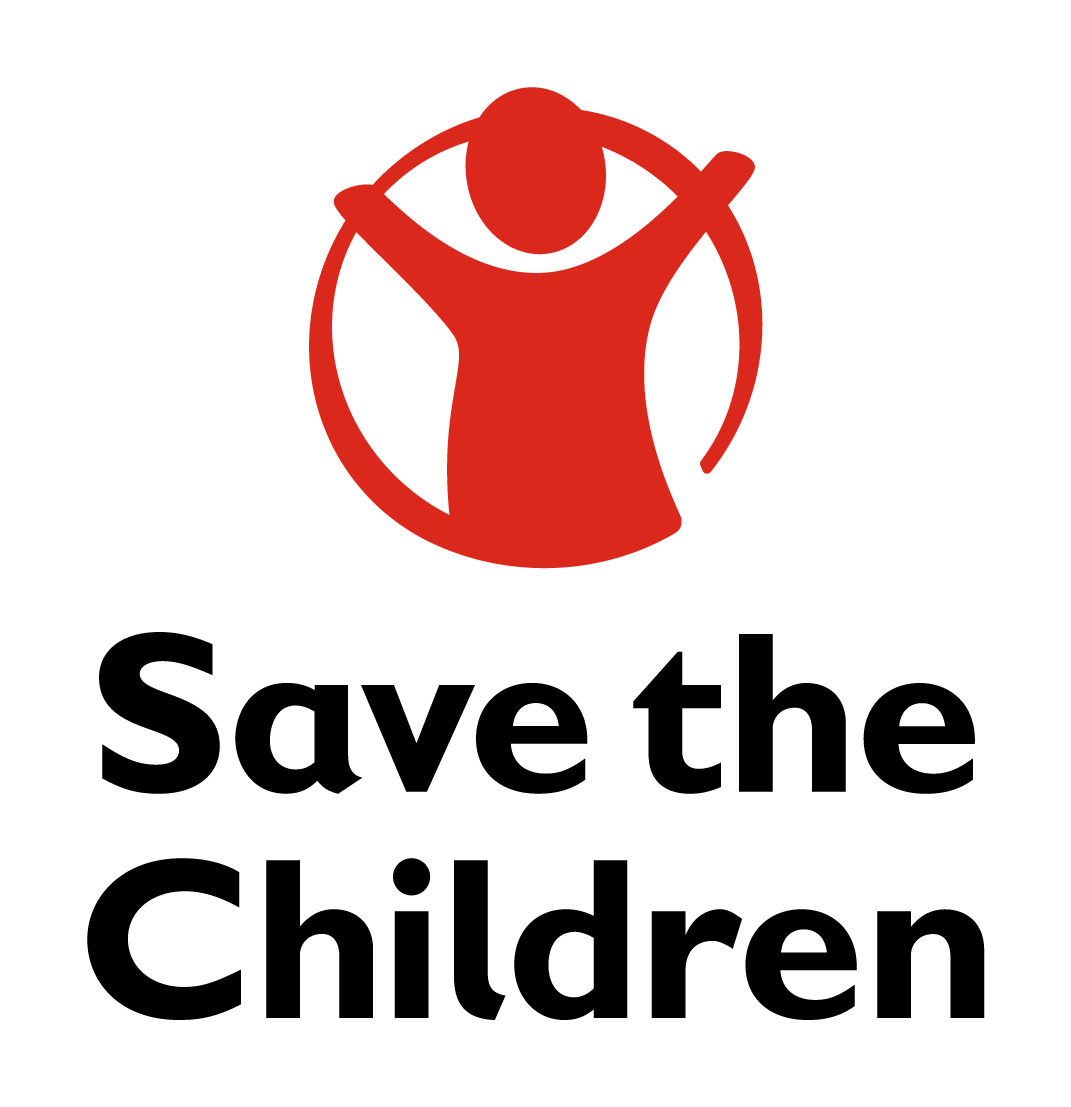
Reports, Study: Assessments, Study: Evaluations
Assessing Child Protection in Emergencies: Field experience using the inter-agency Emergency Child Protection Assessment Resource Toolkit
Publication year:
2010
English
Format:
(987.2 KiB)
Publisher:
ICAP, Columbia University Mailman School of Public Health,Program on Forced Migration and Health, Heilbrunn Department of Population and Family Health
This report presents findings from a structured analysis of field learning regarding use of the Inter-Agency Emergency Child Protection Assessment Resource Toolkit (hereafter referred to as the Resource Kit). The Resource Kit was developed through an inter-agency process through 2007-2009 under the auspices of the Protection Cluster’s Child Protection Working Group (CPWG). The Resource Kit, and the assessments it is intended to support, are part of a larger effort to improve standards, develop more appropriate and effective programming, avoid duplication of services, and more effectively respond to the needs of children in crisis. Pilot trials in Georgia, Indonesia and South Africa in 2008 were followed by a process of revisions, culminating in the current version of the Resource Kit.
In January 2009 the CPWG identified the need for a structured process of analysis of field-use as a key measure in determining next steps in the initiative. The analysis has been conducted by a research team from the Program on Forced Migration and Health at Columbia University. The analysis was designed to document the strengths and weaknesses of the current Resource Kit in field use. This information was intended to provide an evidence base for recommended revisions and also to inform other measures necessary to support the emergency assessment process. The findings and recommendations based on this research were presented and discussed at the January 2010 meeting of the Child Protection Working Group in Geneva, Switzerland. Feedback from participants has been incorporated into this final report.
Read full abstract
Authors
View & Download
Document information
Publisher
Authors
Content type
Country
Rights
© Author/Publisher
Share
Link
